The top 10 electric cars under £37,000
July 23, 2025 by Darren Cassey
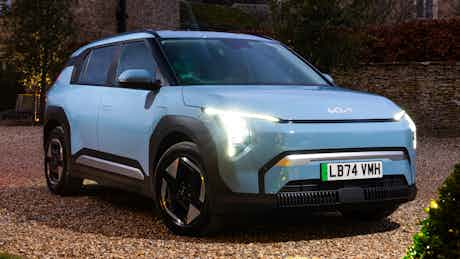
The government has announced a new electric car grant that could get you up to £3,750 off the list price of new electric cars under £37,000 if certain criteria* are met by manufacturers – we await exactly which cars this will apply to, but here’s our pick of the best electric cars under £37,000 to get you thinking.
If you’re in the market for a new electric car, there’s never been a better time. More affordable models are going on sale all the time – and now they’re going to be even more affordable after the UK government announced a new grant of up to £3,750 off the list price of new EVs that cost less than £37,000.
Cars may qualify for an electric car grant of either £3,750 or £1,500. The grant amount is determined by factors such as production emissions, with more eco-friendly manufacturing processes leading to a larger grant.
Manufacturers must apply for their vehicles to be included in the scheme, and the discount for each car will be based on recognised Science-Based Targets. The government has not revealed what these targets are, but it will release a list of cars included in the scheme. Regardless, you don’t have to do anything as the consumer, the grant will be applied to the list price when you’re buying the car.
Though the exact criteria has not been published, Carwow’s expert reviews team has pulled together a list of the best electric cars available for under £37,000, which could therefore be eligible for this new grant so you can get your shortlist at the ready.
Scoring is based on our objective opinion of the car itself and not on the likelihood of attracting the new government grant.
1. Kia EV3 – 9/10
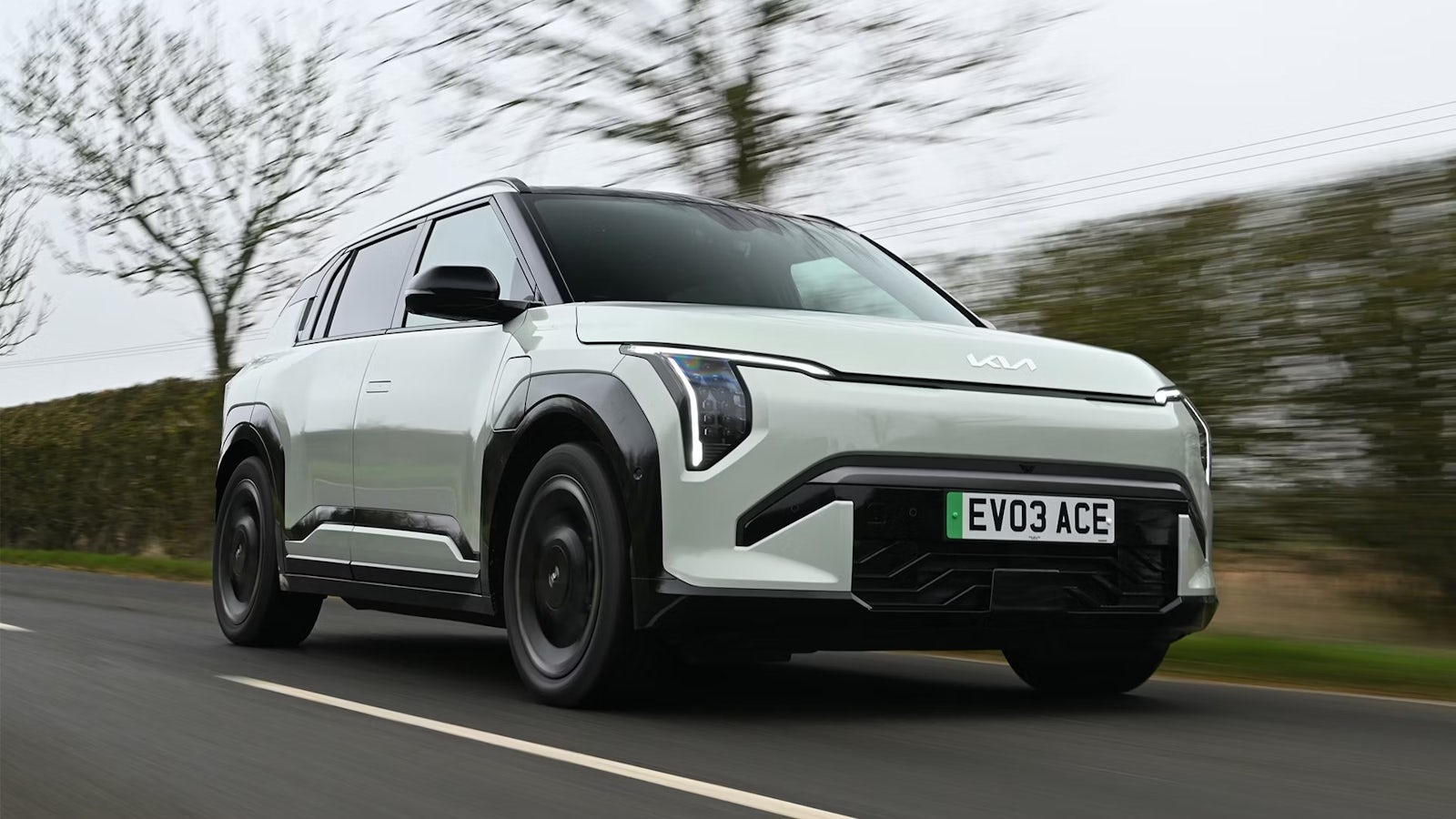
The Kia EV3 is one of our favourite electric cars right now, so if this one is eligible for the EV grant – this would be great news. Only the entry-level Air trim could be available under the £37k threshold, but on the plus side the larger battery version just about falls under the £37k threshold, which would give you a massive 375 miles of range.
Not only does it look great, but it’s also practical, with space for four adults to sit comfortably and a bigger boot than most alternatives. It’s good to drive, too – wholly unexciting, but comfortable and refined all the same.
2. Renault 5 – 9/10

The Renault 5 is one of the coolest cars on sale at any price. Just look at it, dripping in retro 80s design appeal. And not only could you get a fully loaded top-spec model for comfortably under £37k , unlike the EV3 it comes with a heat pump as standard. Range isn’t fantastic, with a maximum of about 250 miles, but at least you know it won’t nosedive in cold weather.
Okay, so it’s tiny, meaning practicality isn’t great – rear seat space is very cramped and the boot isn’t good for much more than a weekly shop – but if you don’t need space the Renault 5 rewards you by being genuinely great fun to drive.
3. Skoda Elroq – 9/10
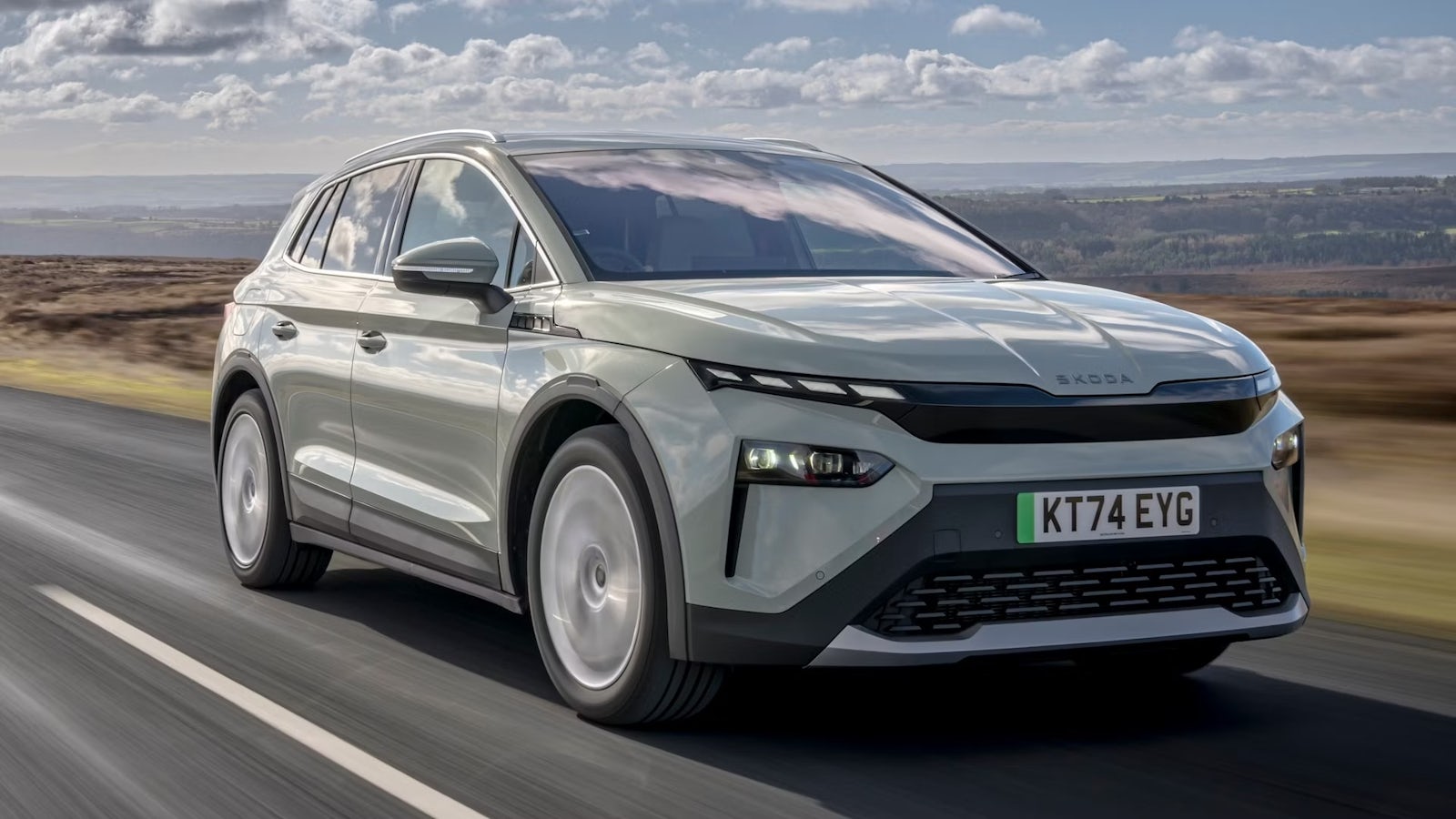
If practicality is important to you, then it’s always worth considering a Skoda, and the Skoda Elroq is no different. Boot space and cabin roominess aren’t quite up there with the very best alternatives, but they’re not far off, and there are lots of clever little features that make it ideal for family life.
You can’t quite get one with the biggest battery for less than £37k, but the pick of the line-up could be the basic version – which is well below the threshold. For the cash you still get a respectable 230 miles of range and some choice kit – such as a reversing camera, LED headlights, and the twin-screen cabin setup.
4. Citroen e-C3 – 9/10
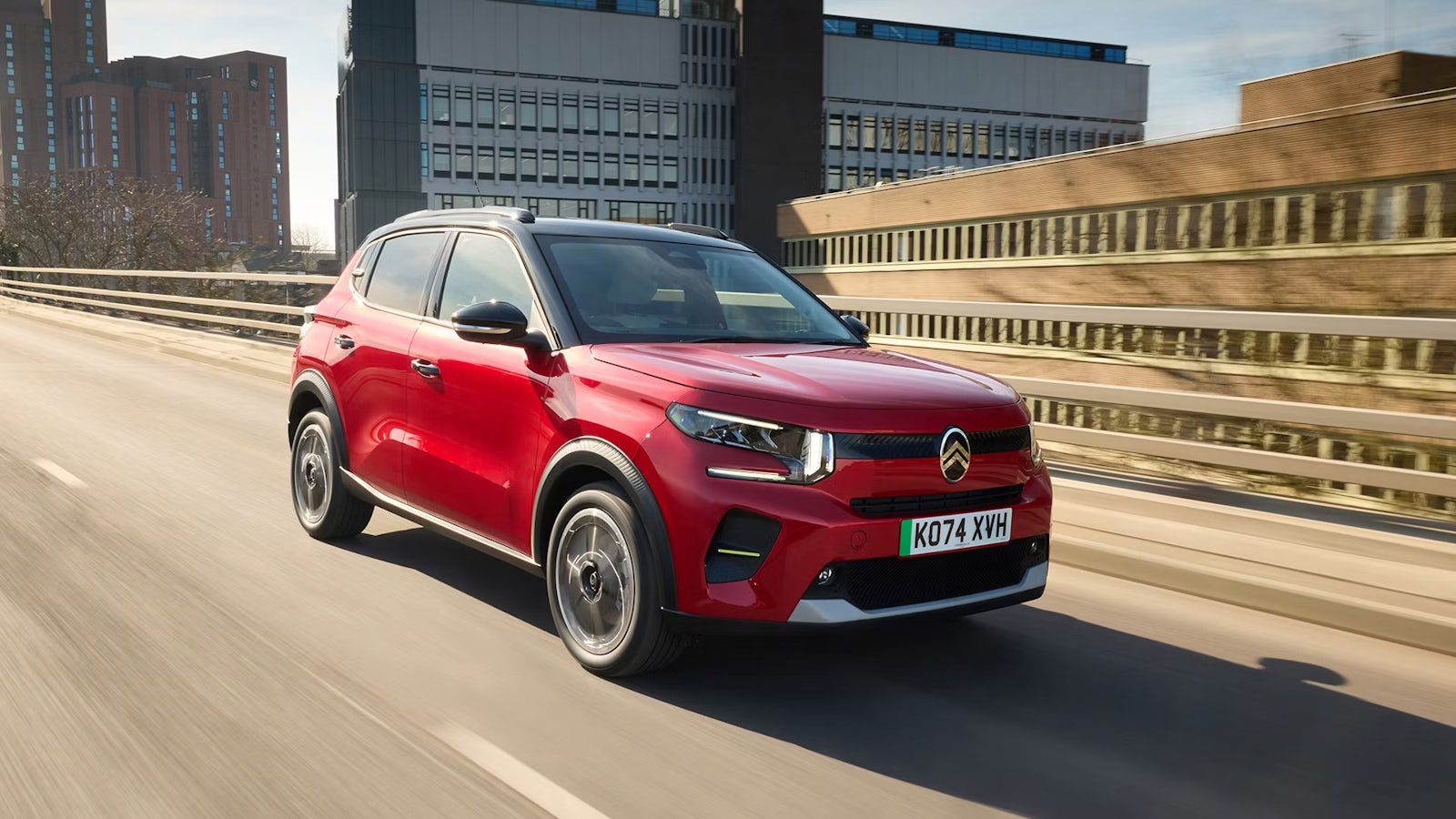
The Citroen e-C3 is already an EV bargain, so if you can get one with the grant it would make it cheap as chips. For the cash you get a funky small SUV-ish shape and an interior that, while naturally not the last word in luxury, does not betray the car’s budget roots.
There are downsides – you can’t get a heat pump at all and the range is just 199 miles, so it probably won’t appeal if you regularly do long journeys. However, if that doesn’t bother you the e-C3 is a comfortable car to cruise around town and has surprisingly perky performance.
5. Volvo EX30 – 9/10

We love the Volvo EX30 because you get all the usual Volvo badge appeal in a more affordable package. Sure, if this model attracts the grant you wouldn’t be able to get the all-singing, all-dancing Ultra trim for under £37k, but the mid-spec Plus model should be. The extended range model in basic trim is unfortunately £260 above the threshold.
Regardless, the EX30 is a stylish small electric car with a cool, minimalist interior design. It’s comfortable and refined, too, just not at all practical, meaning it’s not ideal for larger families.
6. BYD Dolphin Surf – 8/10

The BYD Dolphin Surf is quickly becoming one of our favourite small electric cars, purely because of its value for money. If it was eligible for the full grant it could be available for as little as £15,000, which is fantastic for a new EV.
Yes, it’s small, but it’s roomier inside than you might think, and despite being cheap you actually get quite a lot of kit. As with many small EVs, the sacrifice is range – like the e-C3 you’re looking at sub-200 miles.
7. Hyundai Inster – 8/10
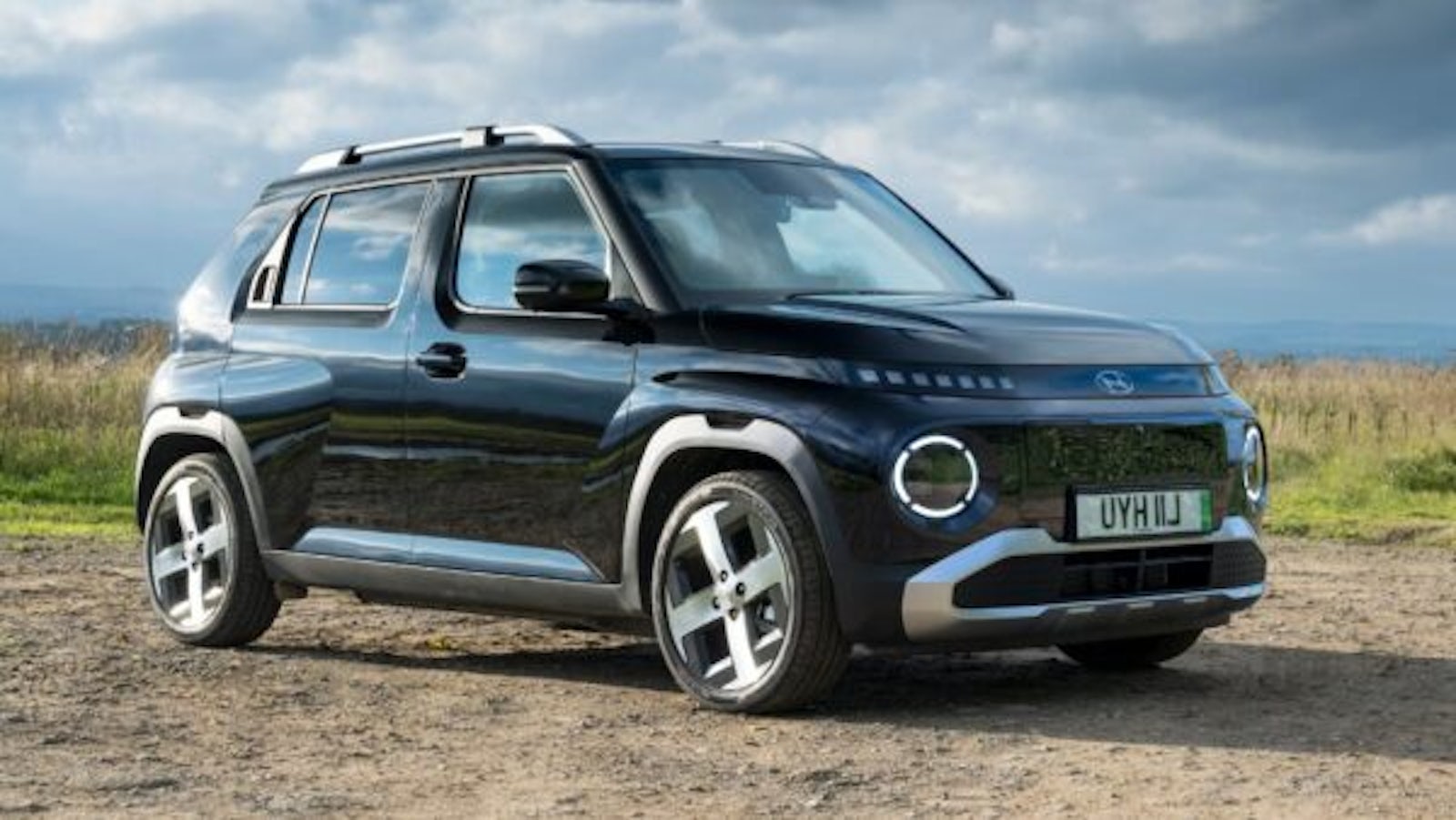
There are loads of fun options in the small electric car market and the Hyundai Inster is another fantastic EV to consider. It has cute looks on the outside, but don’t think it’s anything other than a serious car on the inside, because some clever tricks and features mean it’s really practical. The rear seats can slide and recline, so if you don’t have loads of stuff in the boot it can be like a mini limo inside.
It does feel a bit cheap and old school inside (unless you go for the top-spec model), but all versions are available for less than £37k, and come with two big screens with Apple CarPlay and Android Auto for a welcome dose of modernity.
8. MG S5 EV – 8/10

MG’s electric cars are fantastic value for money, evidenced by the fact the S5 EV is a proper, roomy electric SUV that falls under £37k whichever version you get. If eligible for the full grant, you could get the top-spec, long-range version for just under £30,000.
For the cash you get some luxuries such as a 360-degree parking camera and heated front seats, along with a range of up to 298 miles. It also feels posher inside than any MG to date, and it’s practical too. The main downside is that it’s quite uncomfortable over bumps in town.
9. Cupra Born – 8/10

The Cupra Born only just sneaks into this list, but it’s worthy of inclusion because it looks super sporty, is good to drive and practical inside – it’s basically a brilliant all-rounder.
The only model that comes under the £37k and therefore could be eligible for the grant is the entry-level trim V1 model with the smaller battery, but the only key thing really missing from V1 models is heated seats, so don’t feel like you’re missing out. The range is 264 miles, which is respectable, but we’ve lived with a Cupra Born and seen incredible efficiency, so you can really maximise your time between charges.
10. Smart #1 – 8/10

Smart might not make teeny tiny city cars anymore, but its founding principles remain – a surprising amount of space for the footprint of the car. And so it’s true of the Smart #1, which has a really roomy interior (even if that is at the sacrifice of boot space).
Impressively, you can actually get the Smart #1 with its longer range battery for below the £37k grant limit, which means it’ll go around 260 miles between charges, and whichever trim you go for you get an excellent infotainment system.
Car change? Carwow!
Looking for a new set of wheels? With Carwow you can sell your car quickly and for a fair price – as well as find great offers on your next one. Whether you’re looking to buy a car brand new, are after something used or you want to explore car leasing options, Carwow is your one stop shop for new car deals.
Click here to follow us on WhatsApp, where you can keep up-to-date with all the latest news, reviews, advice guides and videos.
*The final value of the Electric Car Grant available for each vehicle will be determined by sustainability criteria set by the UK government. Eligibility is limited to vehicles produced by manufacturers that have made a verified commitment to reducing emissions through a recognised Science-Based Target (SBT) and can demonstrate genuine progress toward achieving it. The scheme includes two tiers of funding: vehicles classified in the top sustainability category (Band 1) may receive the full grant amount of £3,750, while those meeting a lower standard (Band 2) may be entitled to a reduced grant of up to £1,500. Although specific assessment thresholds have not yet been released, it is expected that factors such as emissions from vehicle assembly and battery production will be key considerations. A full list of qualifying models will be made available as manufacturers apply and are formally approved under the programme.















